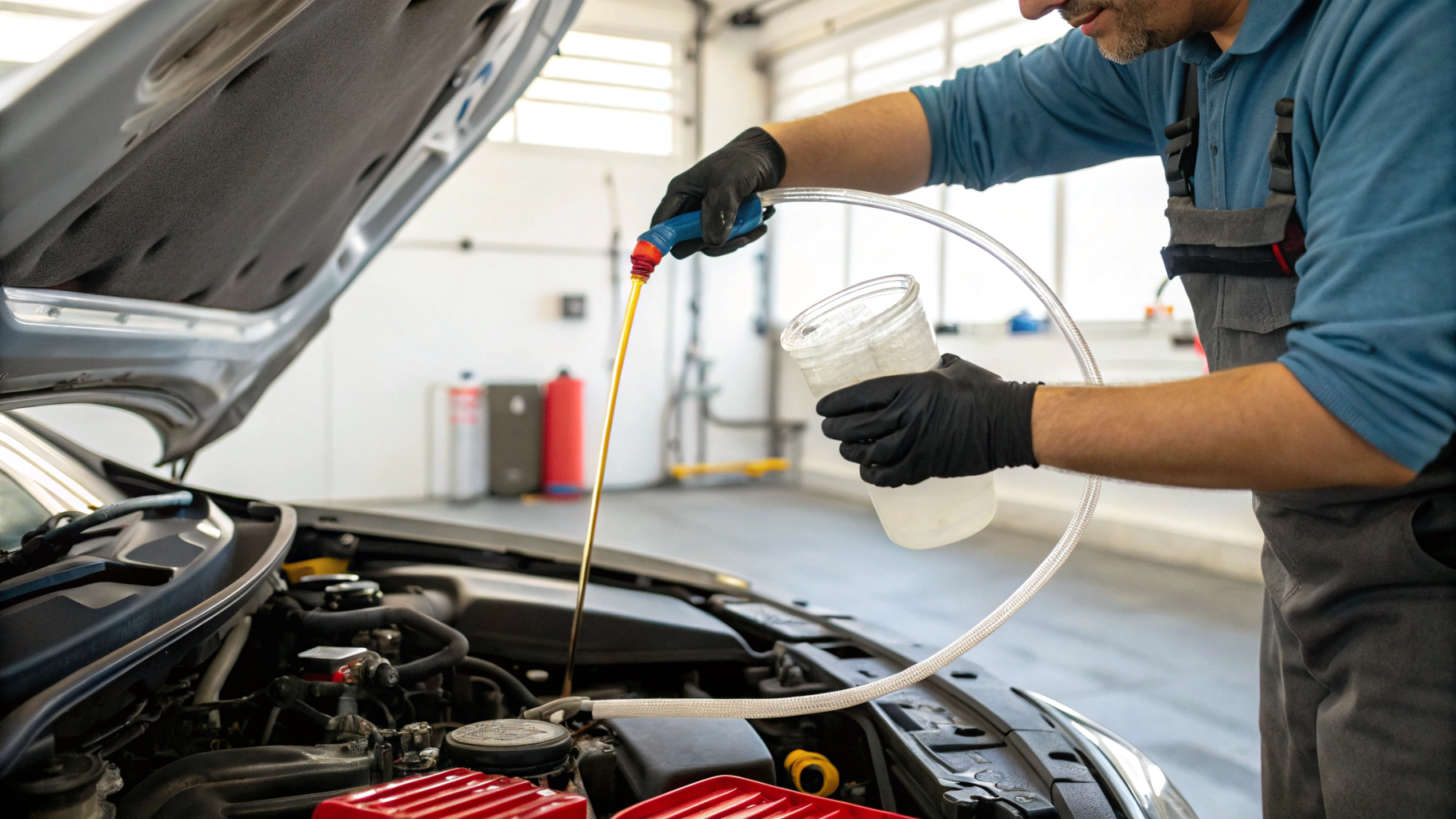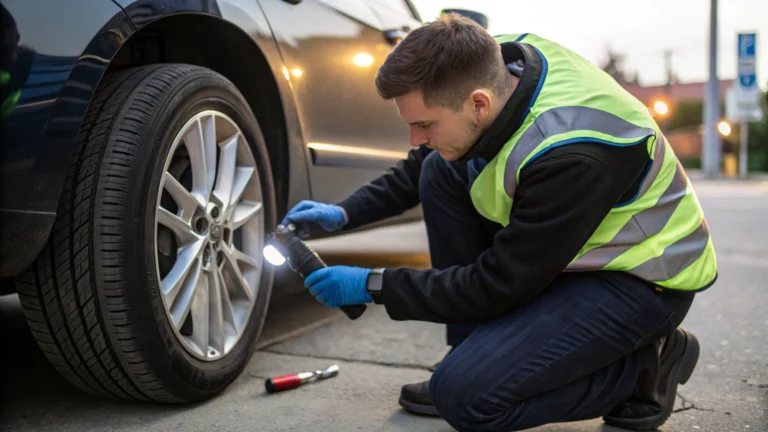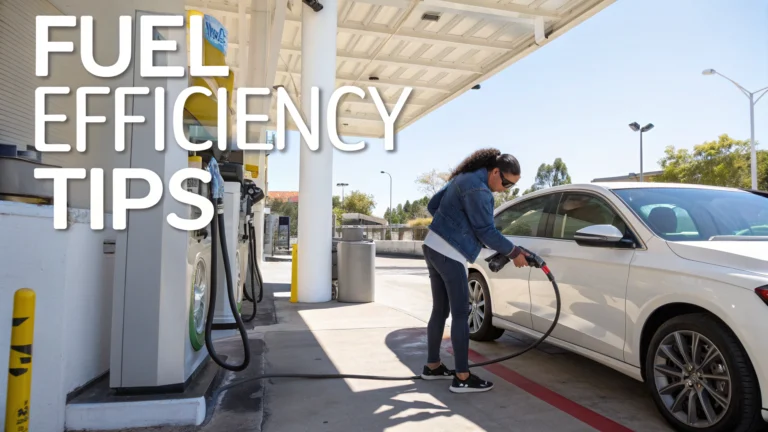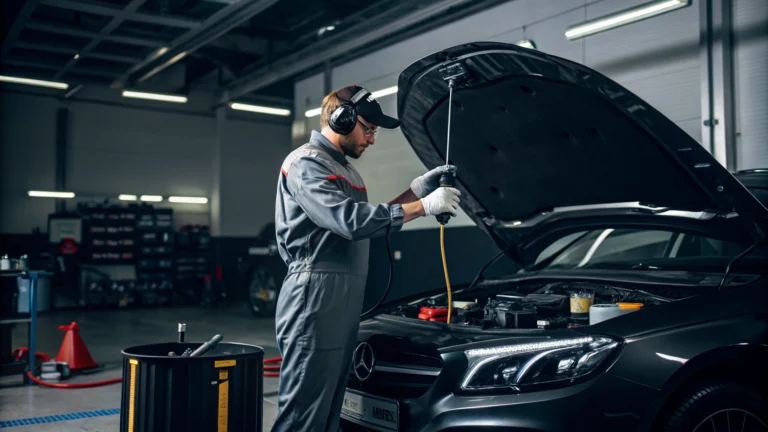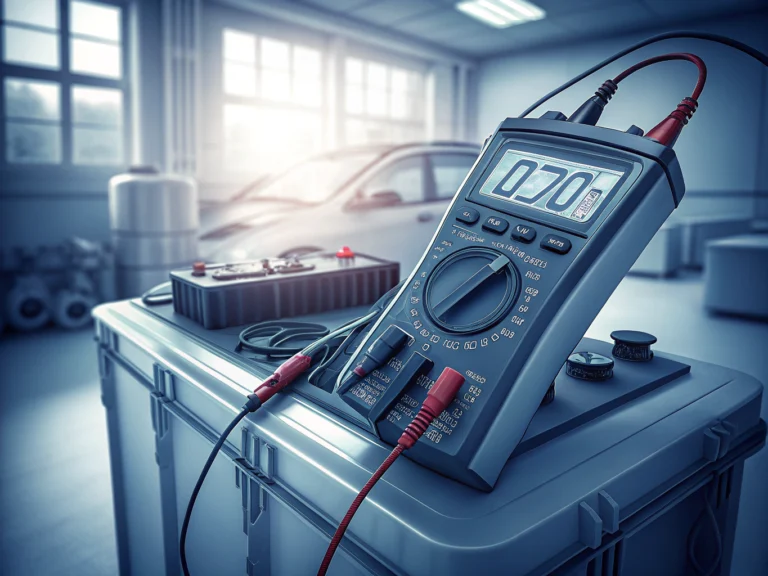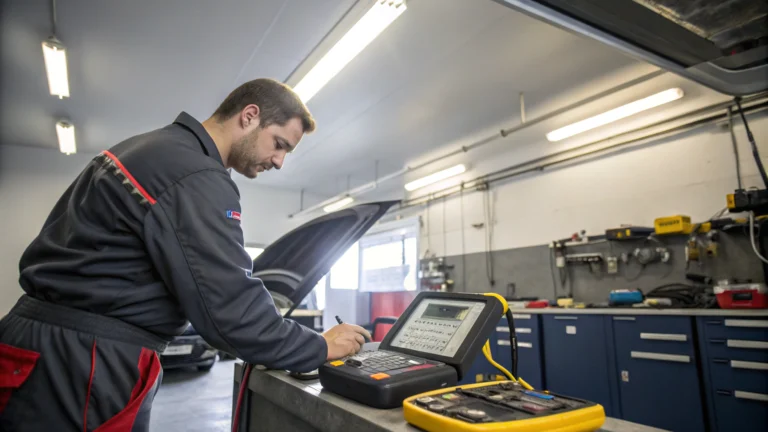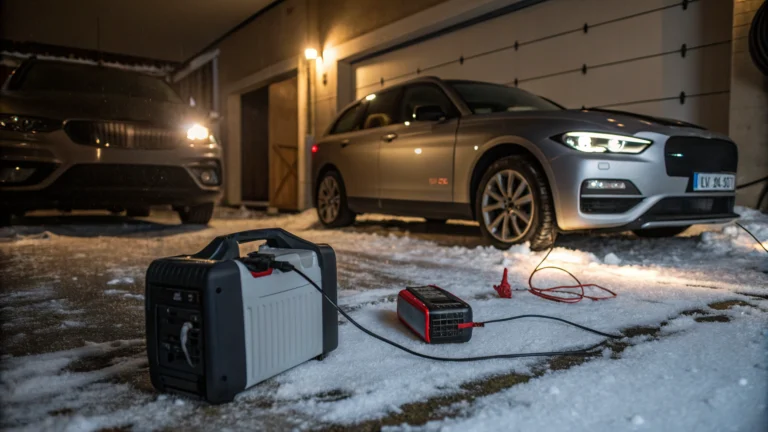Brake Fluid Change Costs Exposed: Save Smart Today!
Table of Contents
When it comes to automotive maintenance, a brake fluid change is a crucial yet often overlooked service. Understanding its importance and costs can help you maintain your vehicle’s safety and performance without overspending.
This guide will walk you through everything about brake fluid change, from costs to DIY tips, equipping you with the knowledge to make informed decisions about your vehicle’s brake system maintenance.
Brake Fluid Change Cost Breakdown
When it comes to brake fluid changes, several factors influence the final price you’ll pay. Being aware of these components can help you evaluate quotes and identify opportunities for savings.
The Actual Brake Fluid Price
The brake fluid itself is relatively inexpensive, typically costing between $5 and $20 per quart depending on the type and quality. Most passenger vehicles require about 1-2 quarts for a complete flush. Premium synthetic brake fluids or those with specific ratings (DOT 4, DOT 5, etc.) tend to be more expensive than standard DOT 3 fluid but may offer better performance and longevity.
Shop Labor Rates
Labor makes up the majority of a brake fluid change cost. Auto shop rates vary significantly based on:
– Geographical location (urban areas typically charge more than rural ones)
– Type of shop (dealerships often charge 30-50% more than independent shops)
– Technician expertise (specialty shops may charge premium rates)
Most shops charge between $80-$130 per hour, with the brake fluid change service typically requiring 30-60 minutes of labor time.
Complete Fluid Flush Cost Considerations
A complete brake fluid flush involves removing all old fluid from the system and replacing it with fresh fluid. This service typically costs between $70 and $120 total, though luxury vehicles may cost more. This price usually includes:
– Diagnostic check of the brake system
– Bleeding all brake lines
– Disposal of old brake fluid
– Topping off the system
Some shops offer basic brake fluid changes for less, but these may only replace a portion of the fluid rather than providing a complete system flush.
Brake Service vs. Fluid Flush: Key Differences to Avoid Unnecessary Expenses
Understanding the difference between various brake services can prevent you from paying for unnecessary work while ensuring you get the maintenance your vehicle actually needs.
What a Standard Brake Fluid Change Includes
A basic brake fluid change typically involves draining and replacing the fluid in the master cylinder reservoir. This service is less comprehensive than a flush and may cost $40-$60. While this addresses some maintenance needs, it doesn’t completely refresh the system since old fluid remains in the brake lines.
Complete Brake Fluid Flush Benefits
A brake fluid flush provides more thorough maintenance by:
– Removing all old, contaminated fluid from the entire system
– Eliminating moisture that can cause corrosion
– Improving braking performance and responsiveness
– Extending the life of brake components
The additional $30-$60 cost for a flush versus a simple change is often worth the investment for the improved safety and component longevity.
When Additional Brake Services Are Truly Needed
Sometimes shops may recommend additional brake work during a fluid change. Be cautious about immediate upsells, but be aware that these services might genuinely be needed:
– Brake pad replacement (typically needed every 30,000-70,000 miles)
– Caliper rebuilding or replacement (if sticking or leaking)
– Rotor resurfacing or replacement (if warped or worn beyond specifications)
Always ask for a clear explanation and, if possible, visual evidence of why additional services are recommended.
DIY Brake Fluid Change Tips: Save Money Safely with At-Home Service
For hands-on vehicle owners, changing brake fluid at home can save $50-$100 per service. However, this task requires careful attention to safety and proper procedure.
Required Tools and Materials
To perform a DIY brake fluid change, you’ll need:
– New brake fluid (correct DOT rating for your vehicle)
– Clear tubing and catch container
– Brake bleeder wrench (or appropriate sized wrench)
– Helper (for pedal pumping)
– Shop rags and brake cleaner
– Vehicle service manual
The total cost for materials is typically $15-$30, representing significant savings over professional service.
Step-by-Step Process
While the exact process varies by vehicle, the general procedure includes:
1. Checking your vehicle’s manual for the recommended fluid type and system specifics
2. Safely elevating the vehicle and removing wheels if necessary
3. Locating bleeder screws on each brake caliper/wheel cylinder
4. Starting with the brake furthest from the master cylinder (typically rear passenger side)
5. Having an assistant pump and hold the brake pedal
6. Opening the bleeder valve to release old fluid
7. Closing the valve before your assistant releases the pedal
8. Repeating until clean fluid appears
9. Moving to the next closest brake component
10. Ensuring the master cylinder reservoir stays filled throughout the process
Safety Considerations
When performing a DIY brake fluid change:
– Never reuse old brake fluid
– Avoid getting fluid on painted surfaces (it’s corrosive)
– Dispose of used fluid properly at a recycling center
– Don’t mix DOT fluid types
– Complete the entire process in one session
– Test brakes carefully before driving at normal speeds
Remember that brake fluid absorbs moisture over time, which lowers its boiling point and can lead to brake fade. Most manufacturers recommend changing brake fluid every 2-3 years regardless of mileage to maintain optimal braking performance.
By understanding the true costs of brake fluid changes and knowing when and how to service your vehicle’s brake system, you can make confident decisions that balance safety with budget considerations. Whether you choose professional service or DIY maintenance, regular brake fluid changes are an investment in your vehicle’s performance and your personal safety.
As an Amazon Associate we earn from qualifying purchases.
Shop Related Products:
- Find brake fluid on Amazon
- Find brake bleeder kit on Amazon
- Find brake fluid tester on Amazon
- Find dot 3 brake fluid on Amazon
- Find dot 4 brake fluid on Amazon
Frequently Asked Questions
How much does a brake fluid change cost?
The cost typically ranges from $70 to $120 depending on the service location and vehicle type. Dealerships generally charge more than independent shops, and luxury vehicles may incur higher costs. The price includes both the brake fluid itself (which costs $5-$20 per quart) and labor charges, which make up the bulk of the expense.
Is a brake fluid flush different from a change?
A fluid flush removes all old fluid from the entire brake system, while a change may only replace part of it. A standard brake fluid change typically involves draining and refilling the master cylinder reservoir for $40-$60, leaving old fluid in the brake lines. A complete flush, costing $70-$120, removes contaminated fluid from all brake lines and components, providing better system protection and performance.
Can I change my brake fluid at home?
Yes, with proper tools and safety precautions, DIY brake fluid changes are possible. You’ll need new brake fluid (correct DOT rating for your vehicle), clear tubing, a catch container, a brake bleeder wrench, and a helper to pump the brake pedal. The process involves bleeding each brake caliper in sequence while keeping the master cylinder reservoir filled. This can save $50-$100 compared to professional service, but requires careful attention to safety protocols and proper technique.
